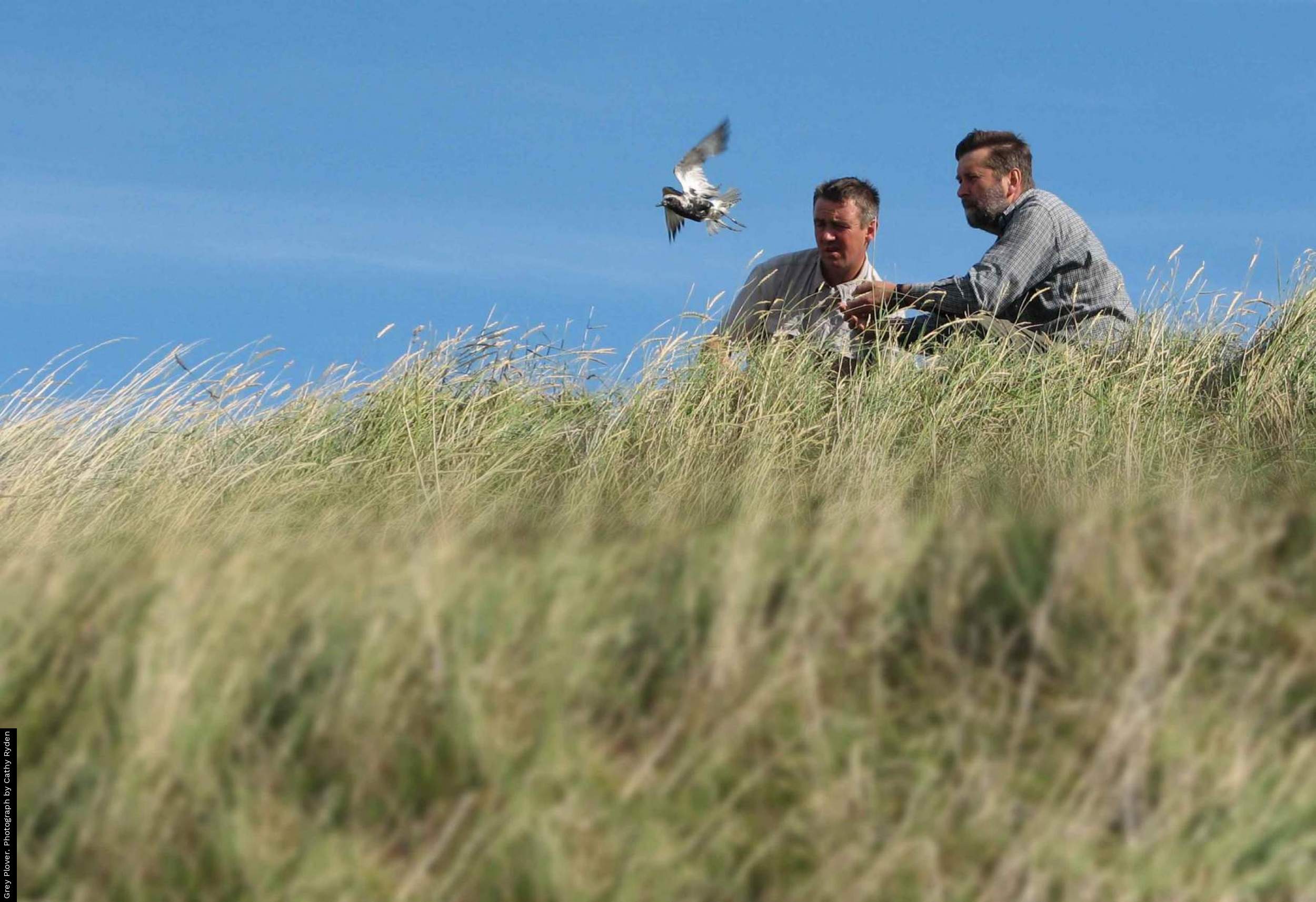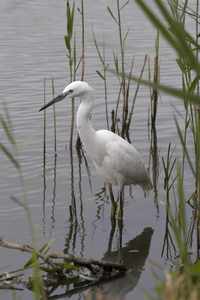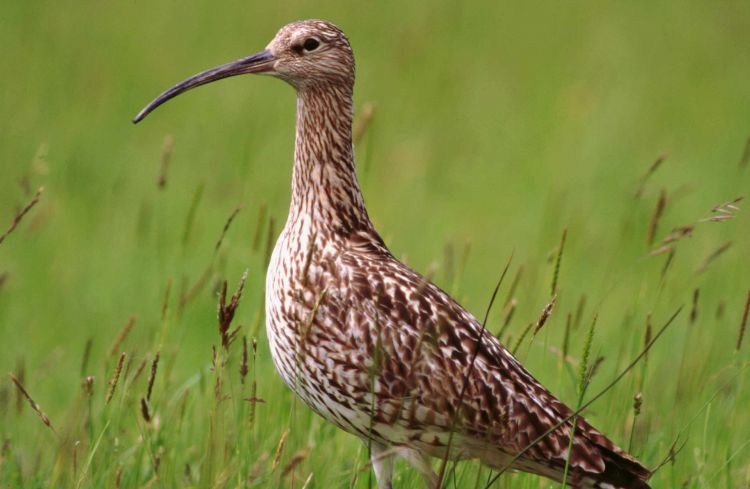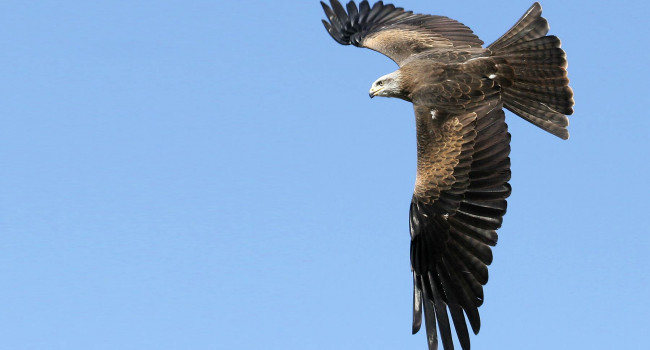Projecting the future
Much of the concern about the impacts of climate change on populations results from projections in likely changes in the distribution of species in response to climate change (e.g. Thomas et al. 2004).
Statistical models link species occurrence to climate which are then used to infer likely future changes in distribution, if species track climate change. This assumption is not unreasonable, with many species in the UK advancing their range northwards in response to warmer temperatures (Hickling et al. 2006). In Europe these models suggest that on average, under a medium emissions scenario, climate change is likely to result in a 550 km shift in distribution NNE, and there is some evidence that bird populations are responding as expected from these projections (Green et al. 2008, Gregory et al. 2009).
At BTO we are developing this approach further to model likely changes in species population size, rather than simply distribution, as it is abundance and population trends which drive much conservation listing and prioritisation. Ongoing analyses therefore uses BBS data to model abundance as a function of climate and land use in order to make more accurate projections about the future. One of the first outputs from this work (Renwick et al. 2012) suggests that climate change is likely to result in population increases in two southerly-distributed species (nuthatch and green woodpecker), but declines in two northerly-distributed species (meadow pipit and curlew).
|
Species |
Percentage change |
|
Curlew |
-35 % |
|
Meadow pipit |
-19 % |
|
Green woodpecker |
+ 300 % |
|
Nuthatch |
+ 67 % |
Ongoing work will take this approach further to identify the species most likely to be affected by climate change in the future, and also to project likely changes in bird communities. Alternatively, demographic models may be used to make projections about the future (Pearce-Higgins et al. 2010), an approach which could be extended to a range of species for which we have good demographic (productivity and survival) data.








Share this page